I am working on a synth module that converts a square wave (generated digitally: High - 10v; Low - 0v; Duty cycle = 50%) to triangle wave output. I've found this schematic that works for an already extended range of frequencies - 470Hz to 20kHz:
 It also successfully works in Ltspice:
It also successfully works in Ltspice:
 Output for 5kHz:
Output for 5kHz:
 Output for 500Hz:
Output for 500Hz:
However, in the musical sense I would like to go down to lower frequencies such as 50Hz.
Current schematic struggles with such low frequencies:

Adjusting capacitors (LTspice schematic C1=100n; C2=100n;C8=470n) seems to be a solution for 50Hz signal: 
I think it's possible to change these values during operation. Placing analog switches (e.g. CD4066) is probably something I should try:
The issue with this approach might be a sharp volume change in case switches are connected/disconnected by some voltage signal related to specific input frequency.
Could anyone provide any advice:
- Would this approach of using switches work?
- Is there any better solution for continuous adjustment of operation for this circuit?

